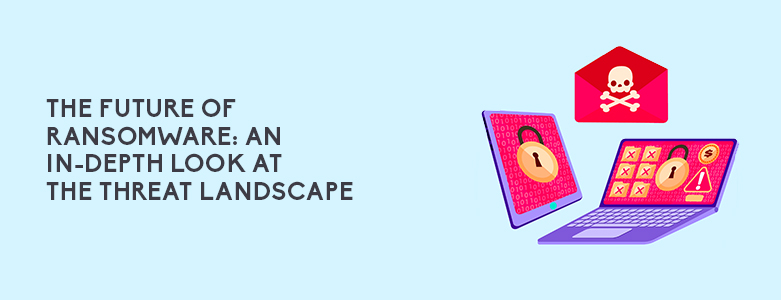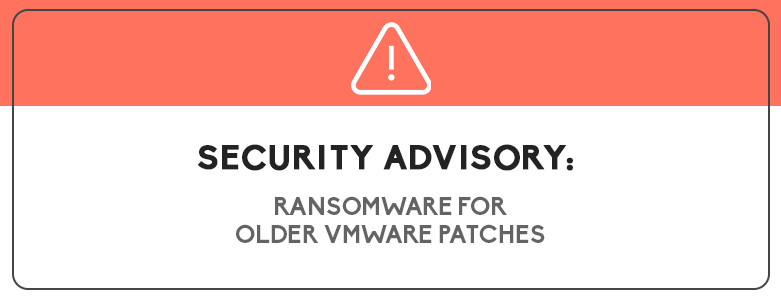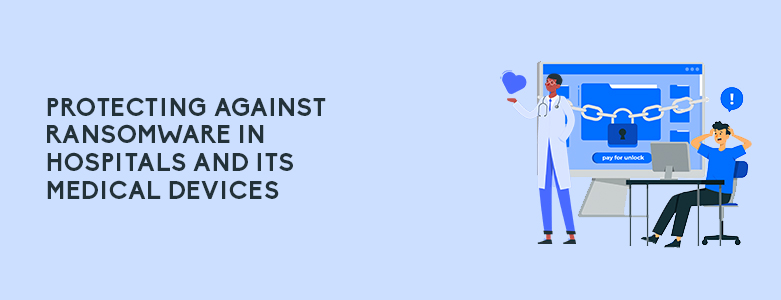The Future of Ransomware: An In-Depth Look at the Current Threat Landscape

The future of ransomware is a constantly evolving as the IT landscape grows increasingly more complex. New threats and attack methods are constantly cropping up giving no time for businesses to catchup. The proliferation of ransomware attacks in recent years has had a significant impact on organizations regardless of their size, enterprise or SMB. Some […]
Security Advisory: ESXiARGS Ransomware for VMware, for Immediate Patching

To all VMware ESXi server users, we would like to spread awareness that businesses currently using older patches of ESXi are at risk of being hit by new ransomware attack, ESXiARGS. The ransomware attack specifically targets vulnerabilities within the older ESXi patches to easily infiltrate your system. If your business is currently using the following […]
Protecting Against Ransomware in Philippine Hospitals and Their Medical Devices

Ransomware attacks have grown to a point where it is no longer just known to the IT industry, but also in the mainstream. Ransomware attacks have risen over the past years, from consumers to even specialized industries like healthcare. It can cause sudden loss of data if threat actors choose to keep stolen data encrypted. […]
Ransomware attack causes Telemarketing Company to shutdown for the Holidays
Last year before the holidays, an Arkansas-based telemarketing firm was hit by ransomware. Their employees at the time didn’t even know they were hit by it, however they felt the repercussions of the attack. More than 300 employees were sent back to their homes and told that it would be best to try looking for […]
Ransomware Lunch & Learn With Cisco!
Ransomware is becoming more prevalent now as more companies are starting to have their networks infected with these disruptive malware. With this in mind, Cisco has been improving their security portfolio to keep your IT infrastructure same from these malicious malware attacks. Learn more about it from our Cisco experts on July 17, 2018 at […]
Server Security: Ransomware & Advanced Attacks
Business IT environments are now at bigger risks as more and more malware, such as Ransomware, are becoming more sophisticated. The results of malware gaining access to your IT environment could lead to as much as disruption of your business operations – mainly your service, productivity, and more importantly – your reputation. Cyber criminals do this […]
